Incorporating science, technology, engineering, and math (STEM) curricula into early education can be intimidating in the best of circumstances. After all, you’re trying to teach children and teenagers concepts and skills that even adults may struggle with.
Despite the challenges, however, incorporating STEM into the early education curriculum can provide an essential learning foundation that will prepare your children not only for the future of work but also for living and thriving in the digital era of the 21st century. And the good news is that there are a vast array of resources available to help the most STEM-averse teachers excel!
Building Basic Foundations
As intimidating as STEM can be for many, the reality is that it forms an essential component of secondary and post-secondary education. But without mastering the fundamental concepts of STEM curricula early on, it can be difficult for little ones to catch up in the higher grades.
Just as important as establishing the conceptual frameworks needed to thrive in STEM fields, an early introduction to the curricula helps young children develop an orientation to learning that is active and inquiry-based. This is a stark contrast to older learning models, which are more passive, training children to rely on their teachers for the knowledge they need.
In STEM fields, the learning is accomplished principally by doing, asking questions, devising strategies for answering them, and then testing those answers. In short, little ones learn to use the scientific method even before they know what the scientific method is!
And that helps to support intellectual curiosity and autonomy in learning, precisely what you want both for your students’ academic achievements and the careers they will build as adults.
Best of all, because STEM fields are so deeply rooted in inquiry-based learning, the curricula can easily be adapted to your students’ individual learning styles.
For instance, if a child is an auditory learner, then musical clips can be used to help teach them about acoustics. On the other hand, if a child is a visual learner, a digital readout of the clip can be provided along with the music to help them visualize the concept. Conversely, if a child is a kinesthetic learner, allowing them to experiment with producing sound using various materials and instruments can be a perfect way to help them begin to understand the complex concept of acoustics.
A World of Opportunity
Ours truly is the technological age, and teaching children STEM subjects from an early age is an ideal way to ensure that these little ones are prepared to excel in the age of technology. The world of work is increasingly defined by technology, and researchers predict that some of the most plentiful and well-paying jobs will be found in fields such as computer coding.
This is significant because today’s children are already deeply invested and interested in technology. So much so, in fact, that a plethora of online resources designed to teach children coding exists, and they’re incredibly popular. Through these resources, even elementary school children can learn to write their own programs.
And this may well signify an early and promising start to a rewarding and lucrative career.
Discovering the World
Even if your students do not end up pursuing careers in STEM, introducing them to these domains early on can help them build a more connected and satisfying life in our technological future. For instance, we have built a global society that is increasingly dependent on digital communication technologies. Children who are familiar with these technologies from an early age will find themselves well-prepared to interact with the world, including engaging with an increasingly diverse global community connected through technology.
It’s not only that STEM helps to prepare children to use technology to participate in a multi-cultural and interconnected world; it’s also that these curricula help children begin to develop a deeper understanding of the physical universe.
For instance, STEM can easily be integrated into pre-school and elementary curricula through one of the top ed-tech trends of today: the use of virtual reality to take field trips to nature centers, zoos, and aquariums. There, little ones can begin to develop basic foundations in biology, geology, and even chemistry and physics.
The Takeaway
STEM can be intimidating in the best of circumstances, but it can be especially so when you are teaching very young children. However, if you want to provide your students with the best possible foundations for future learning and a thriving career in adulthood, then STEM should play an important role in your students’ early education. Not only will STEM help your students develop the essential skills and concepts needed to advance in the field later on, but it will also help them learn from the outset to take an inquiry-based approach to learning.
Happy teaching,
Dan Matthews is a freelance writer and content consultant who specializes invaluable insights for a wide variety of audiences. However, he loves to focus on and emphasize the importance of the sciences as to create a better tomorrow through green technologies, sustainability, and environmental preservation.





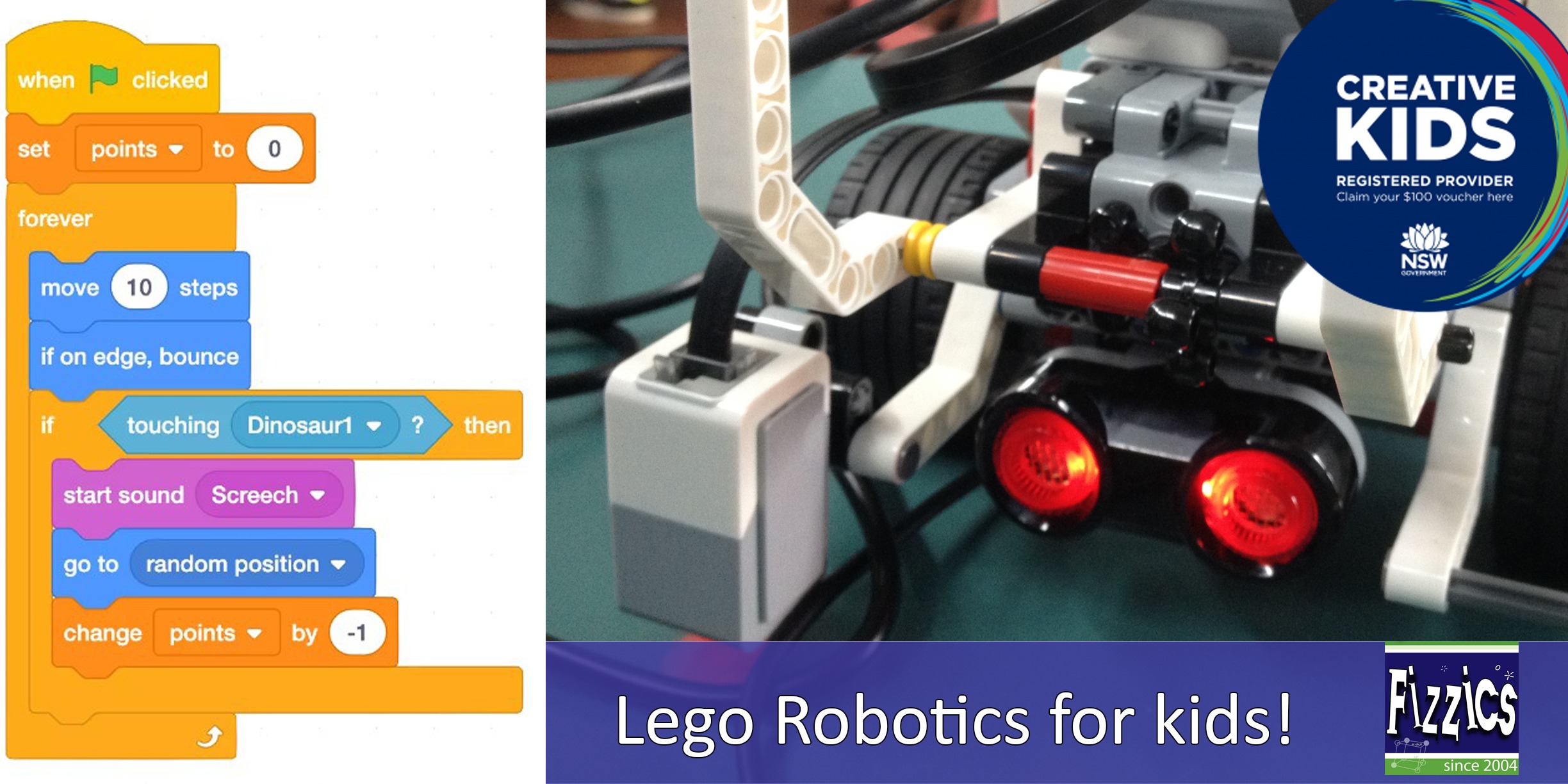
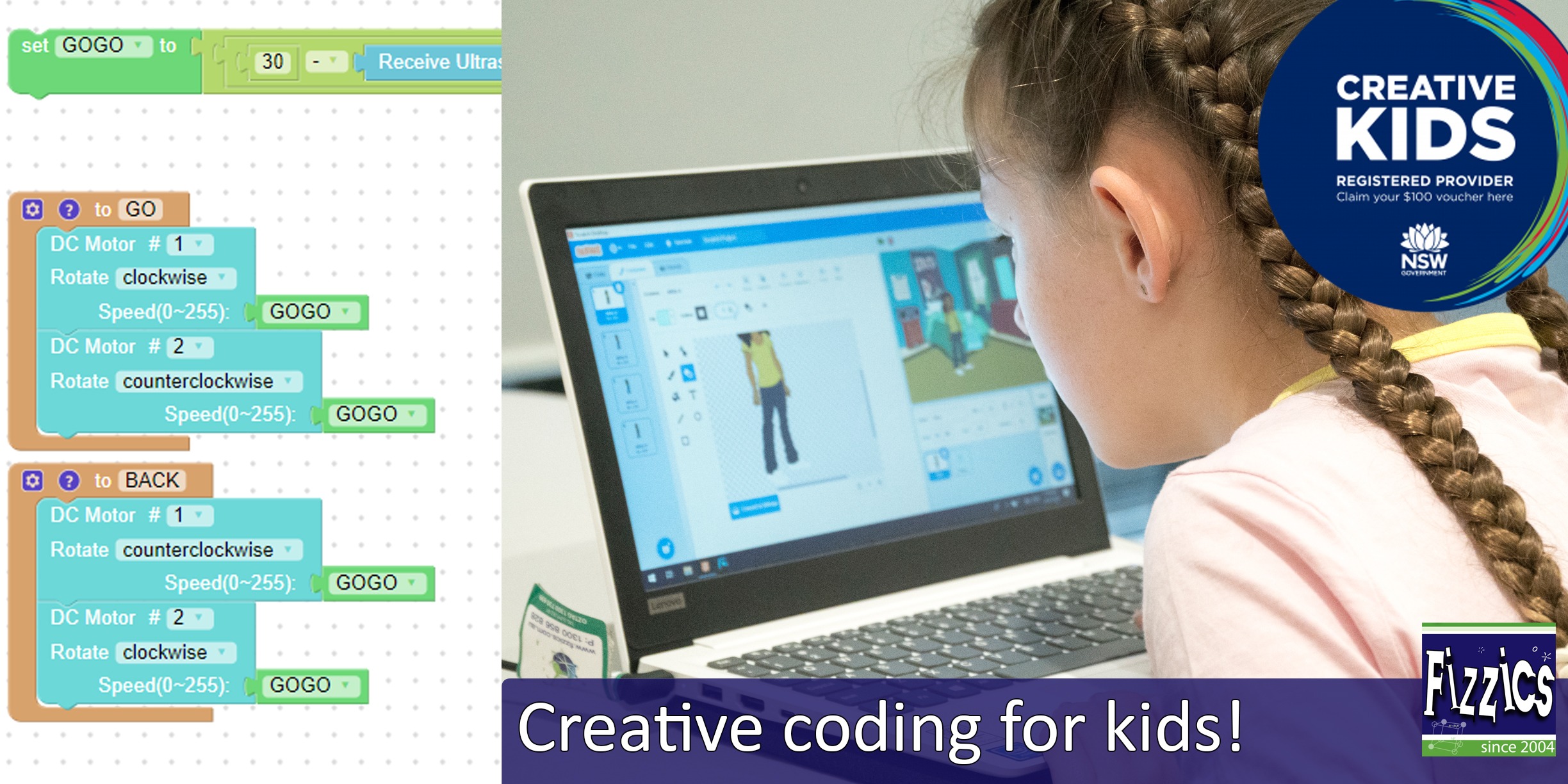
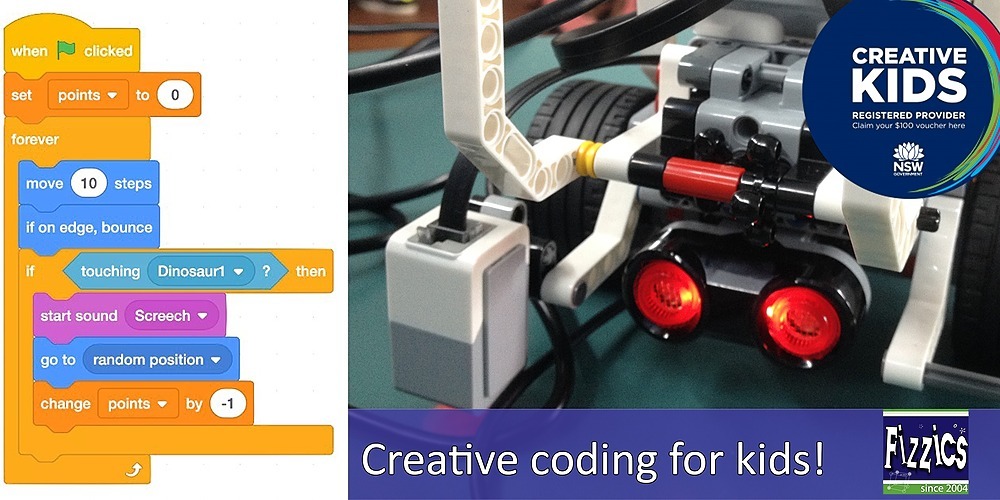





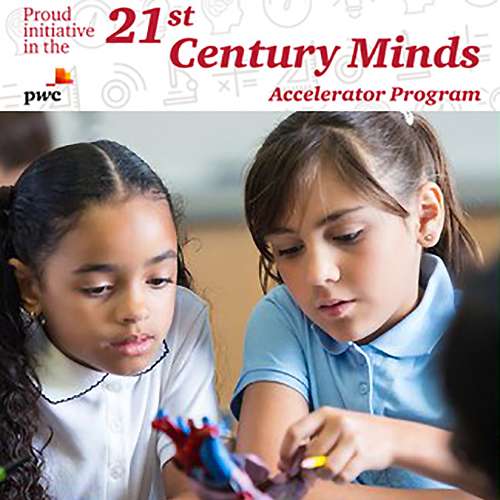







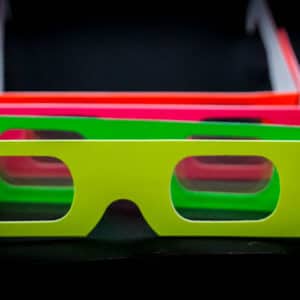



Comments